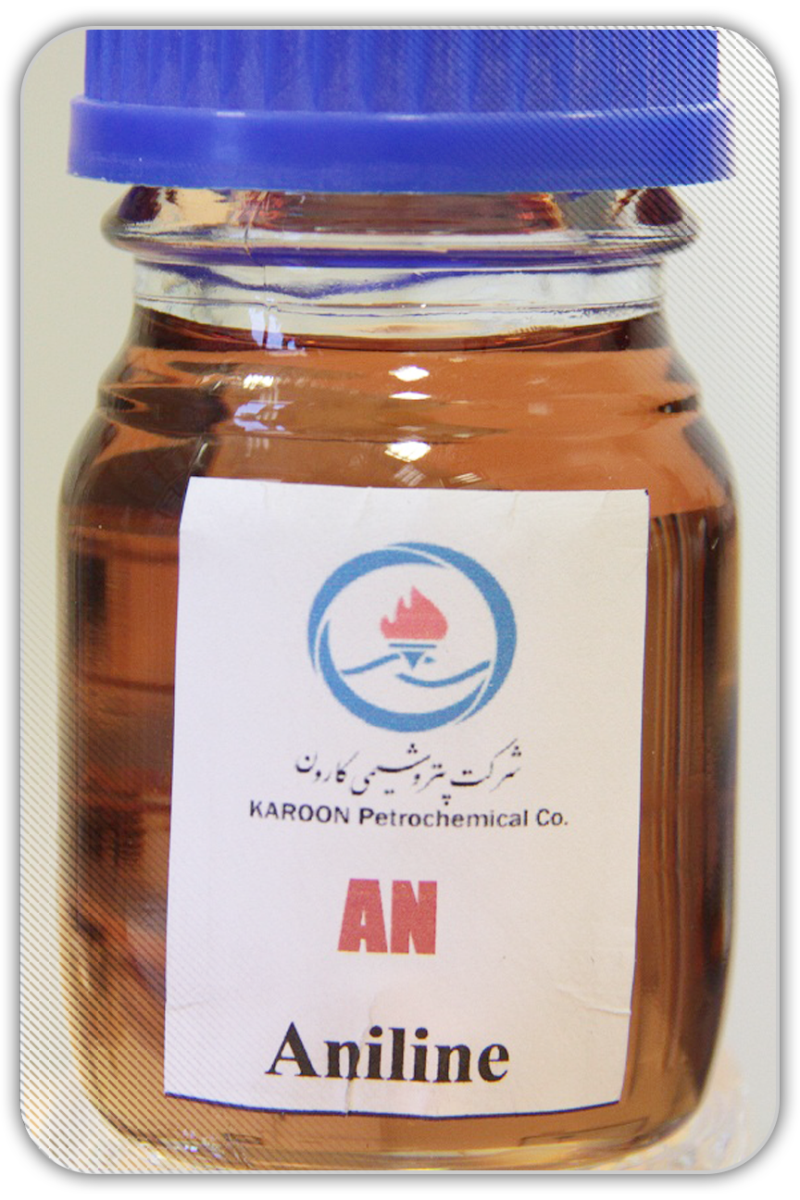Aniline is an organic compound, industrial aniline production involves two steps. First, benzene is nitrated with a concentrated mixture of nitric acid and sulfuric acid at 50 to 60 °C to yield nitrobenzene. The nitrobenzene is then hydrogenated (typically at 200–300 °C) in the presence of metalcatalysts. In commerce, three brands of aniline are distinguished: aniline oil for blue, which is pure aniline; aniline oil for red, a mixture of equimolecular quantities of aniline and ortho- a

nd para-toluidines; and aniline oil for safranine, which contains aniline and orthotoluidine, and is obtained from the distillate (échappés) of the fuchsine fusion.
Aniline is dissolved in alcohol and ether but it has little solubility in water. It is toxic by inhalation of the vapour, ingestion, or percutaneous absorption, contact with skin and eyes may cause irritation. It also decomposes into highly toxic gaseous nitrogen oxides when heated.
Aniline production at %100 capacity equals to 4144 Kilogram/hour that is equal of daily production of 99465 kilograms and an annual production with a basis of 300 working day which roughly equals to 30 thousand tons.
Application of Aniline:
- A key ingredient in textile dyes, it is widely used to manufacture intermediary materials of textile dyes.
- As additives to rubber, aniline derivatives such as phenylenediamines and diphenylamine, are antioxidants. They act as catalyzer and reinforcer, increasing tensile strength.
- In the pharmaceutical industry, aniline is used in the manufacturing of sulfonyl amide drugs and synthetic sweeteners.
- Aniline is highly explosive and is used to manufacture gelatin and nitro-toluene.